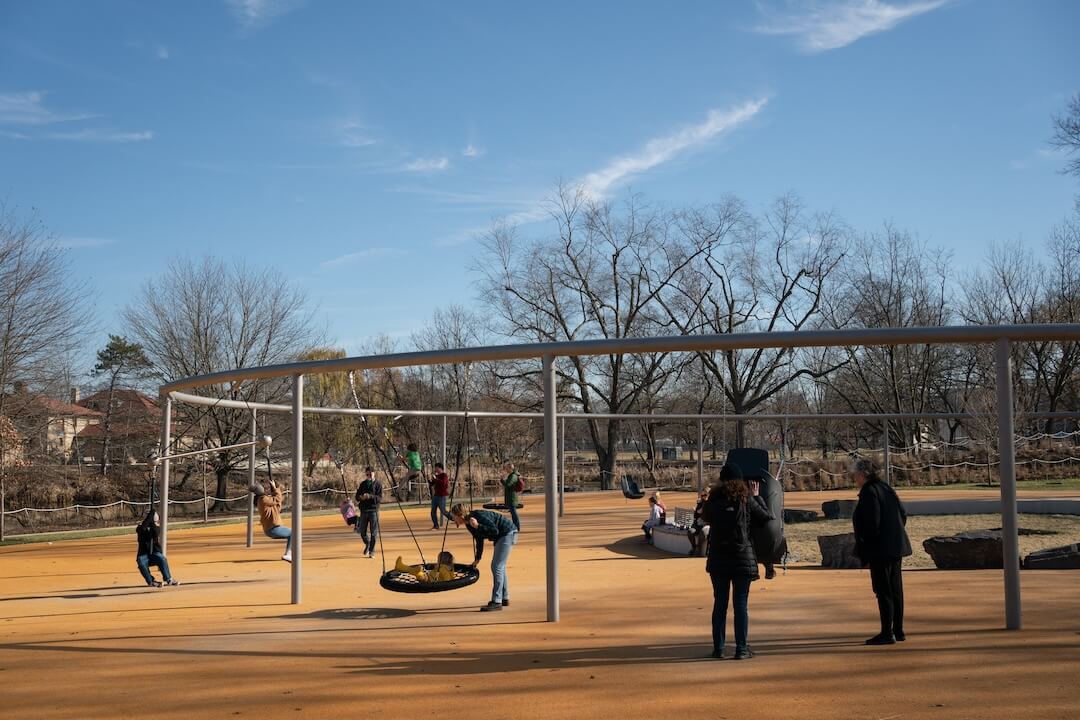I was fortunate to spend some virtual time with the student leaders of the University of Alabama’s Crimson White over the weekend as part of Poynter’s College Media Project. Their team is hard at work on a project looking at the university’s handling of the COVID-19 crisis.
But they brought up a shared experience that made my head and heart hurt.
As journalists, we are trained to withstand scrutiny, certainly within our work but also from the public. Many of us have dealt with angry sources or aggressive bystanders questioning our presence.
But for these students, covering COVID-19 has come with a heavier burden and a lot of confusion. Their coverage so far has relied on the building blocks they’ve learned about good journalism — they use reliable, trustworthy sources like the CDC, doctors and scientists; they watchdog the university’s commitment to student, faculty and staff safety; and they work really hard to keep their campus community informed.
So why do so many people in their coverage area spurn them?
Sources are uncooperative and even hostile, the student body comes off as mostly indifferent and the university seems disinvested. All this in a state where not quite 37% of adults are fully vaccinated.
What’s a young journalist to do when it feels like everything they’ve been taught just isn’t working — or worse, just doesn’t seem to matter to their audience?
I found myself lacking the answers, save this one: You aren’t alone. Journalists across the country have been dealing with the same confounding situation since the pandemic began — watching an issue that felt snuggly on the science beat morph into the bread and butter of the political reporter’s beat.
I pass that along so that you might have a little additional insight into some of the struggles your students might face this fall as they cover the ongoing pandemic for the classroom and their newsrooms. Take a little time to assure them that as far as you’re concerned, they are doing the right thing and taking all the right steps. Let them know that many health care workers are equally as flummoxed. And feel free to borrow my line: “I truly believe that we will get past this if we keep doing good work and fighting to bring people the truth.”
You know. The building blocks of good journalism.
Thanks for reading — as a reminder, this newsletter is abbreviated this week due to my training schedule. I did manage to round up a few pieces I thought you’d find interesting. Next weekend is Labor Day, and I hope we’re all taking a little time off. This newsletter will be back in your inbox on Sunday, Sept. 12
This week’s highlights
- “Few Black, Latinx students are editors of top college newspapers” is an investigation by Voices, a student journalism program of the Asian American Journalists Association.
- A Medium post from Gather:“Around the U.S., news organizations have been reckoning with the structural, systemic racism that undergirds their newsrooms and the larger industry. At the same time, a number of scholars have been researching how racism and whiteness influence the field’s norms and practices. In the virtual Engaged Journalism Exchange AEJMC pre-conference, we explored where efforts seeking to push toward antiracist journalism have the potential to collide — in journalism education classrooms and beyond.”
- From the Collective: “Student journalists, we have advice for you: We explore the value of professional networks, applying for DEI roles, grad school and more”
- From a Merrill College release: “The University of Maryland’s Howard Center for Investigative Journalism and Shirley Povich Center for Sports Journalism teamed up for the first time to publish “Pushed Too Far,” an investigation into the 22 Division I college football player deaths from exertion-related illnesses since 2000. The project was published by USA Today and by the UMD Philip Merrill College of Journalism’s Howard Center. The story is told through an investigative story and a timeline that includes details on each of the 22 players.”
- From ProPublica: “How We Report on Pain, Death and Trauma Without Losing Our Humanity: Investigative reporting can mean bearing witness to the worst moments of people’s lives. Here’s how some of our journalists approach the gut-wrenching task of writing about suffering.”
The Lead
Subscribe to The Lead, Poynter’s weekly newsletter for student journalists, and encourage your students to do the same.
One last thing
Click if you need a laugh. “You don’t have the cholesterol to be out here.”
Resources for Journalists
- Sign up for Covering COVID-19 with Al Tompkins (daily briefing) — Poynter
- How Any Journalist Can Earn Trust (Self-directed) — Trusting News
- Time for a new job? Your future employer is looking for you on The Media Job Board — Powered by Poynter and Editor & Publisher. Search now!
- How to Spot Misinformation Online (Webinar) — Start any time.







